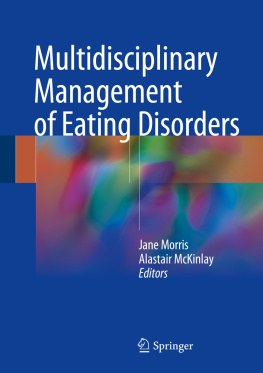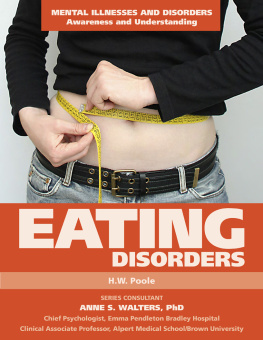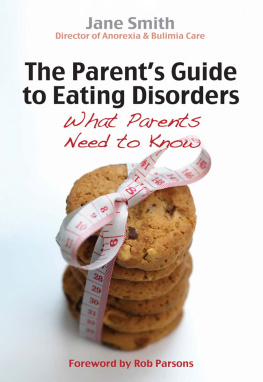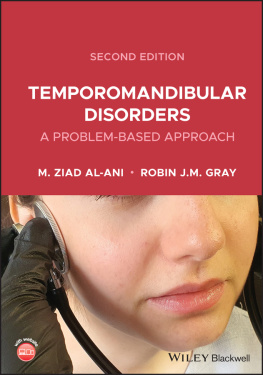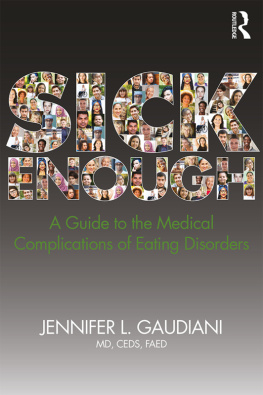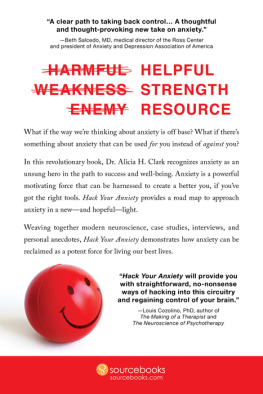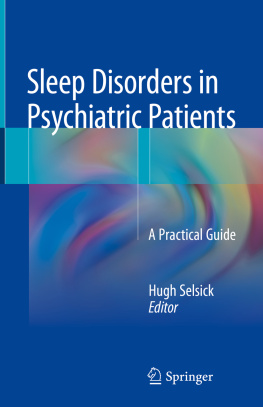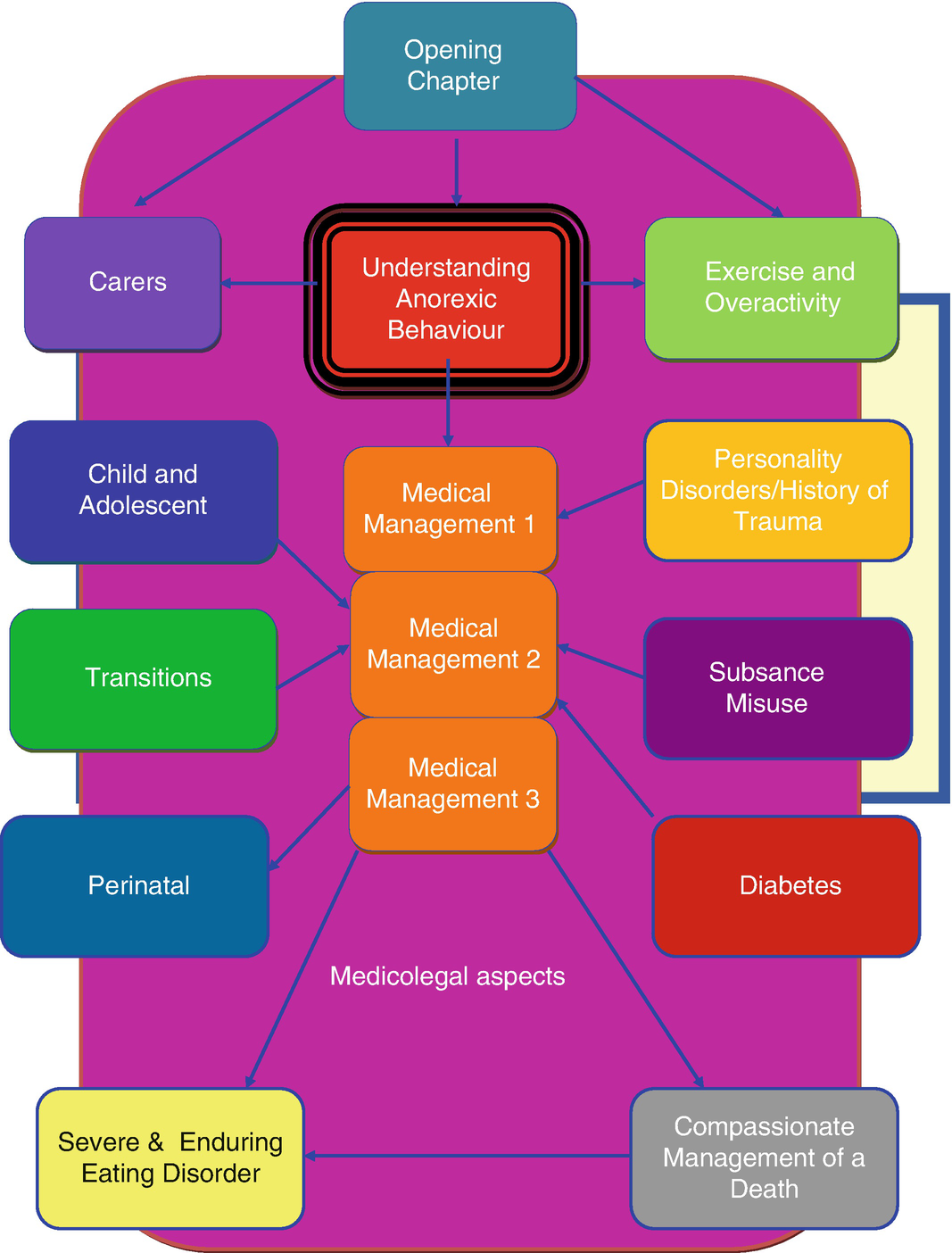Jane Morris - Multidisciplinary Management of Eating Disorders
Here you can read online Jane Morris - Multidisciplinary Management of Eating Disorders full text of the book (entire story) in english for free. Download pdf and epub, get meaning, cover and reviews about this ebook. year: 2018, publisher: Springer, genre: Romance novel. Description of the work, (preface) as well as reviews are available. Best literature library LitArk.com created for fans of good reading and offers a wide selection of genres:
Romance novel
Science fiction
Adventure
Detective
Science
History
Home and family
Prose
Art
Politics
Computer
Non-fiction
Religion
Business
Children
Humor
Choose a favorite category and find really read worthwhile books. Enjoy immersion in the world of imagination, feel the emotions of the characters or learn something new for yourself, make an fascinating discovery.
- Book:Multidisciplinary Management of Eating Disorders
- Author:
- Publisher:Springer
- Genre:
- Year:2018
- Rating:5 / 5
- Favourites:Add to favourites
- Your mark:
Multidisciplinary Management of Eating Disorders: summary, description and annotation
We offer to read an annotation, description, summary or preface (depends on what the author of the book "Multidisciplinary Management of Eating Disorders" wrote himself). If you haven't found the necessary information about the book — write in the comments, we will try to find it.
This Handbook is an indispensable guide for the multidisciplinary management of eating disorders. It discusses a broad range of issues: managing high-risk patients, the challenges of inserting feeding tubes, addressing nutritional aspects and dealing with additional disorders which might complicate matters, such as diabetes, coeliac disease and cystic fibrosis. It discusses fertility, pregnancy, and eating disorders in children and adolescents, as well as addressing the needs of families.
Chapters contain key checklists and flow diagrams. Abundant pictures and conversations, coloured diagrams, charts, maps and boxes, support readers varying learning styles and assist retention of key points. Vignettes taken from real (but strenuously anonymised) cases appeal to clinicians preference for case-based learning. The book also functions as a practical manual of What to do and what NOT to do with practical scenarios.
In the acute situation, clinicians will be able to go directly to the relevant chapter to guide the team through the when, where, how, why and with whom of assessing and managing patients with eating disorders. The book is primarily aimed at postgraduate physicians managing patients with Eating disorders on Gastrointestinal, Endocrine or general medical wards, and those who seek to deepen their expertise as they sit higher professional examinations. It is of interest to both medical and psychiatric clinicians, as well as useful to nursing and multidisciplinary staff who want to develop a compassionate understanding of the true pain driving their patients behaviours.
Jane Morris: author's other books
Who wrote Multidisciplinary Management of Eating Disorders? Find out the surname, the name of the author of the book and a list of all author's works by series.

